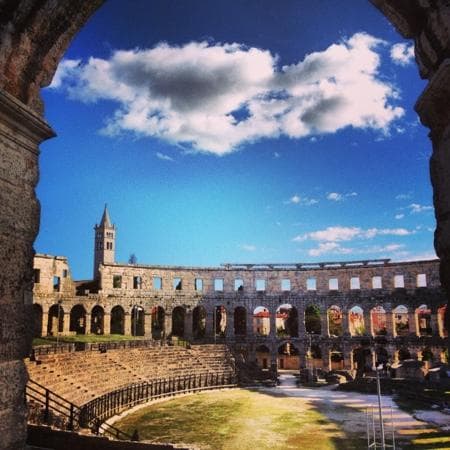
Twin Gates Porta Gemina
Step back in time at the Twin Gates (Porta Gemina), a remarkably preserved Roman double gate in Pula, Croatia. Admire ancient architecture and histori...
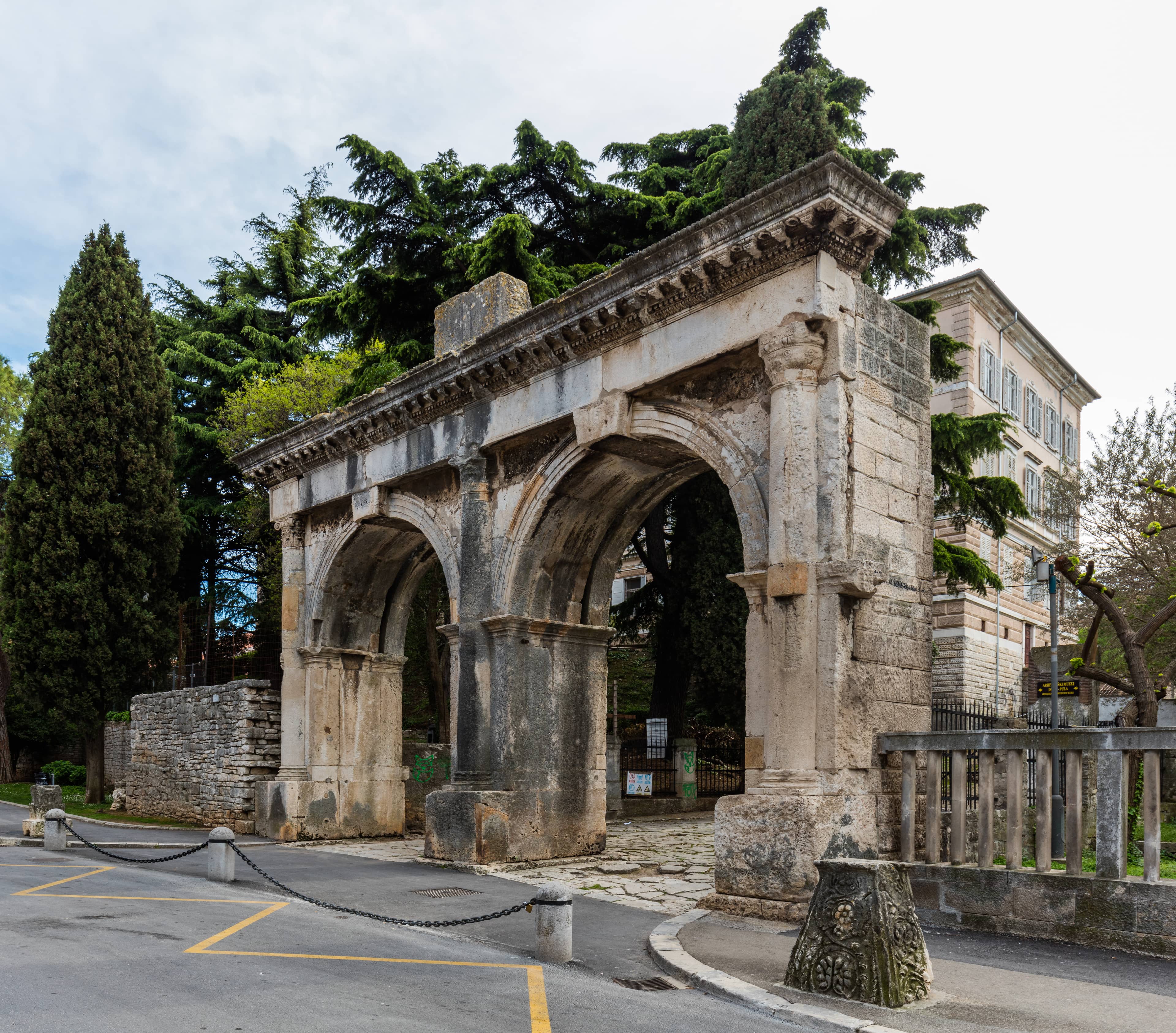
Highlights
Must-see attractions

Social
From TikTok & Reddit
Best Time
Fewer crowds, softer light

Twin Gates Porta Gemina
Best Time
Fewer crowds, softer light

Highlights
Must-see attractions
Step back in time at the Twin Gates (Porta Gemina), a remarkably preserved Roman double gate in Pula, Croatia. Admire ancient architecture and historical significance.
"A fascinating glimpse into Roman Pula, these twin arches stand as a testament to ancient engineering."
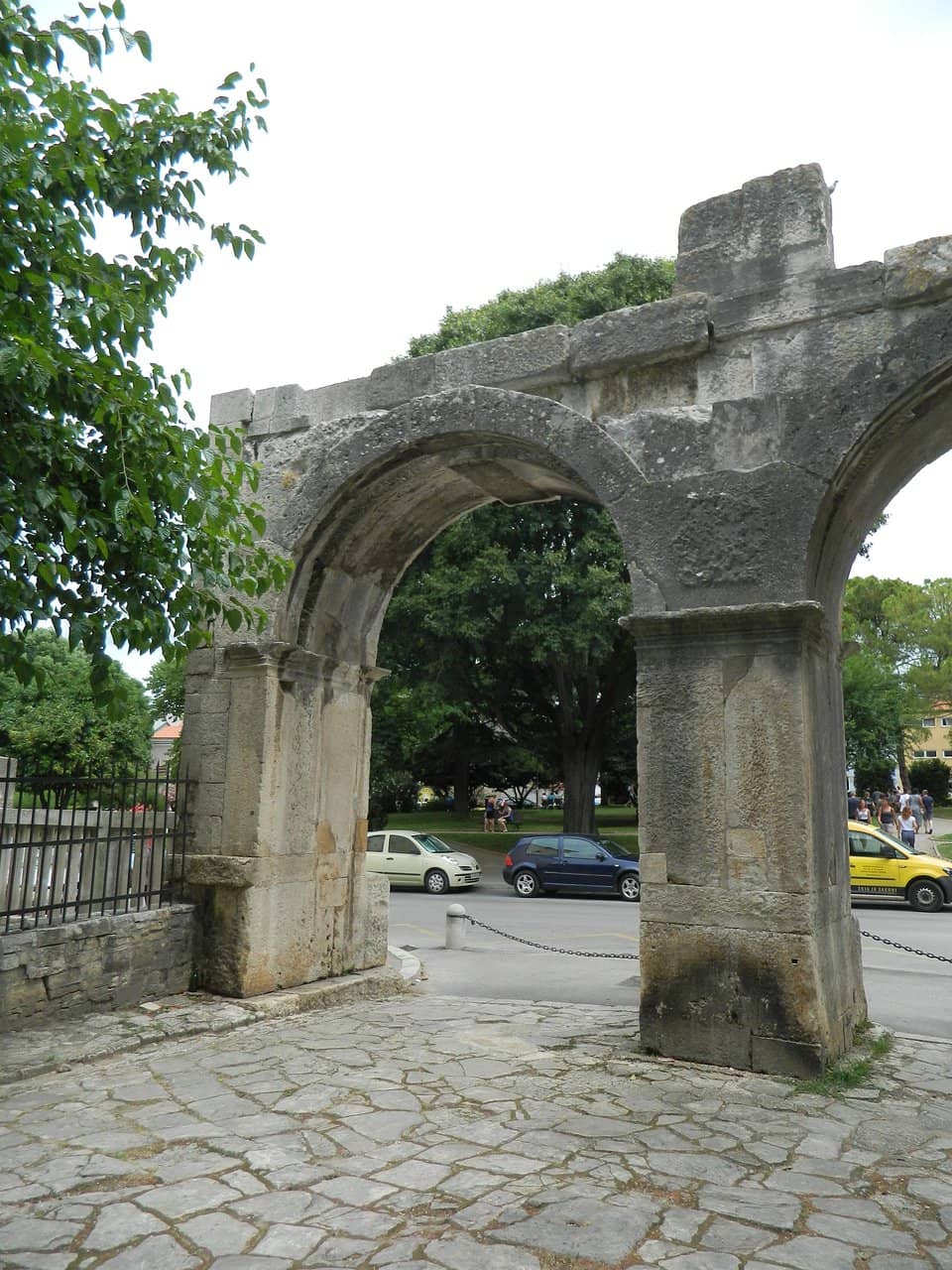
🏛️ Free to Explore
The Twin Gates are an open-air monument, so you can admire them anytime without an entry fee. :ticket:
👟 Comfortable Footwear
Pula has many ancient sites. Wear comfy shoes for walking around the gates and the historic city. :athletic_shoe:
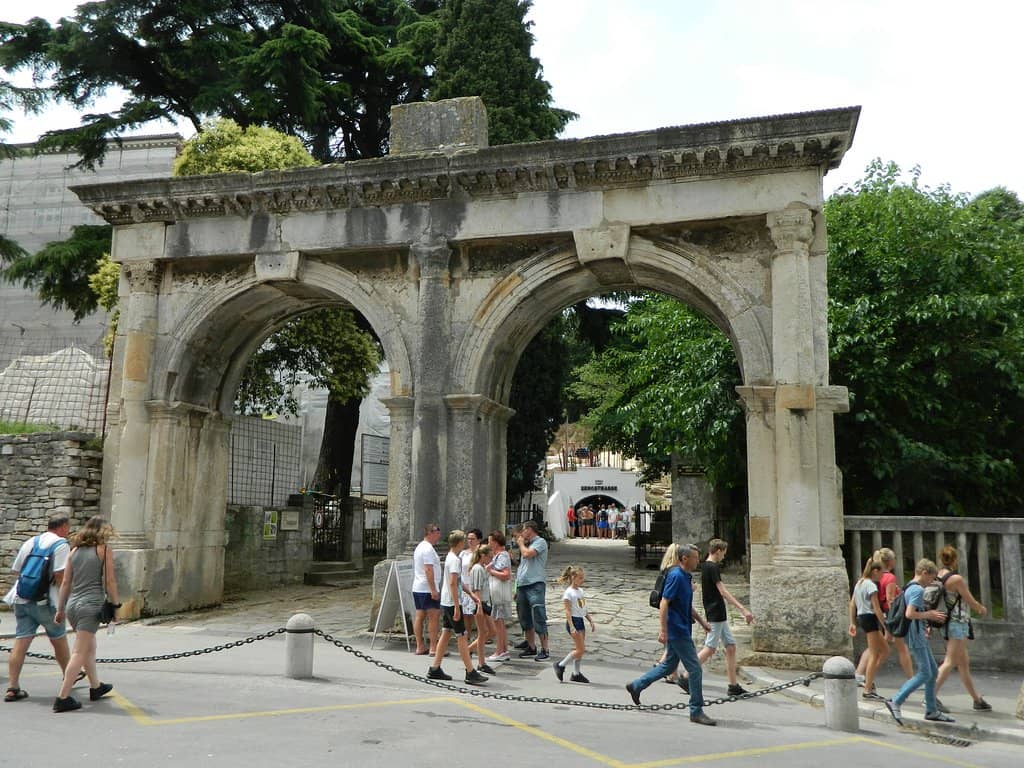
Highlights
Discover the most iconic attractions and experiences
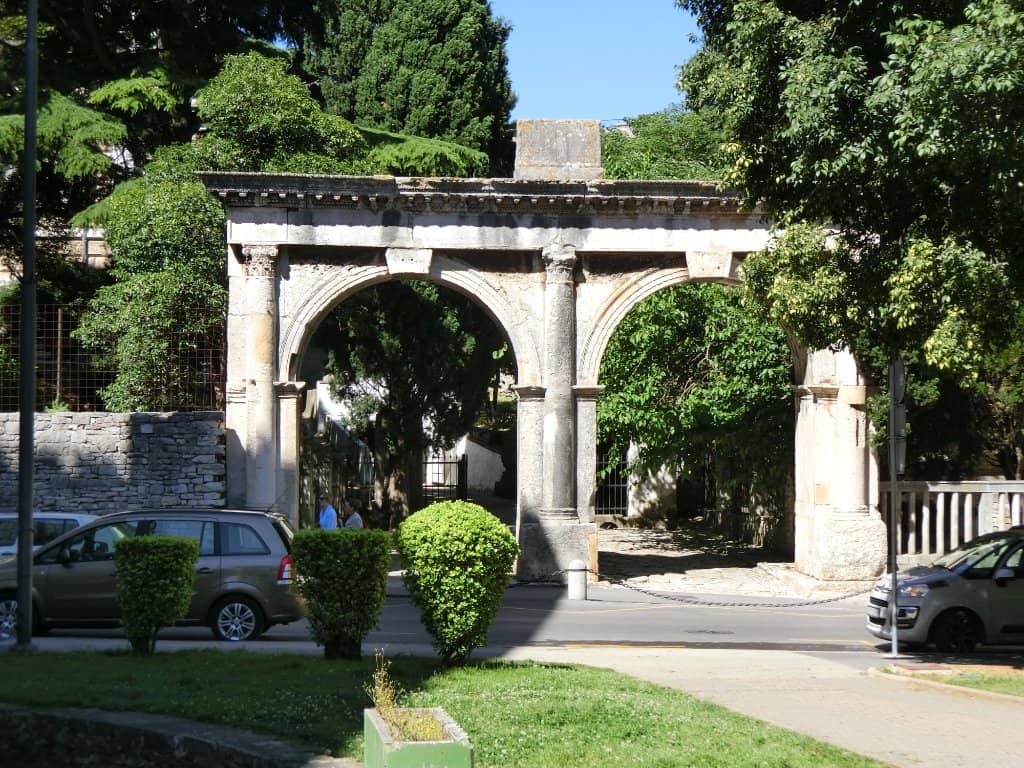
The Twin Arches
Main structure
Marvel at the identical semi-circular arches, a testament to Roman engineering and design.
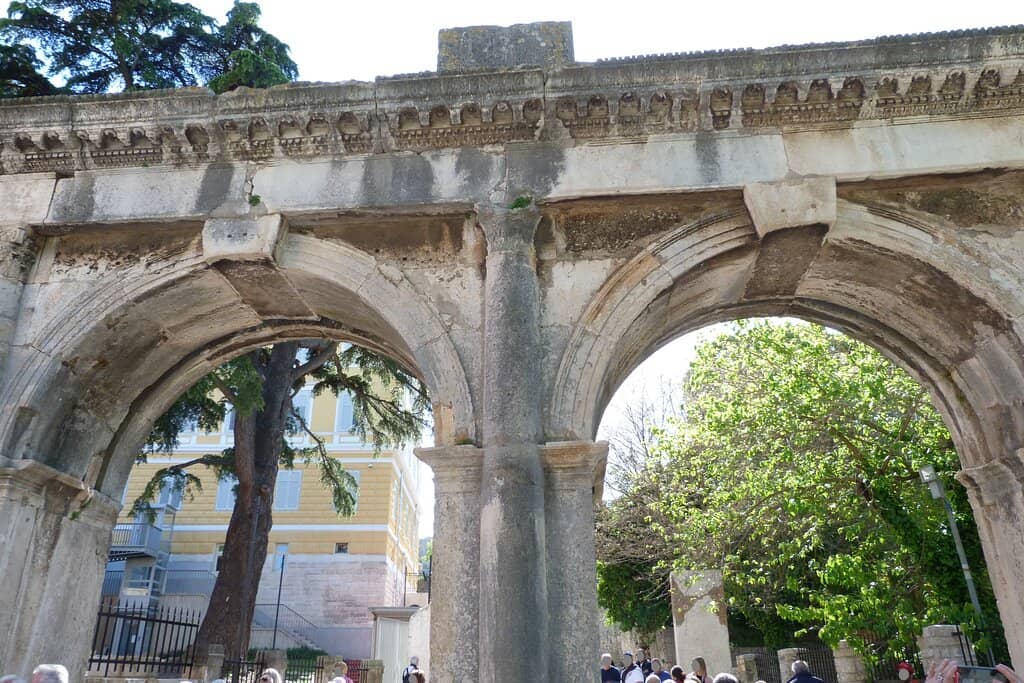
Roman Craftsmanship
Gate facade
Admire the detailed semi-columns and composite capitals that adorn this ancient Roman gateway.
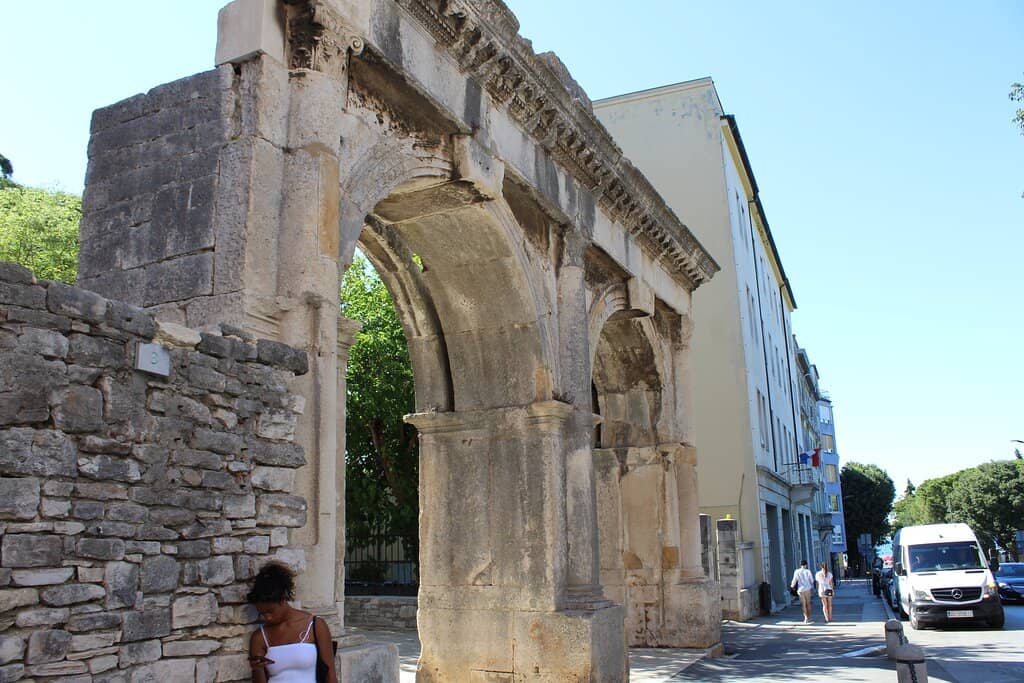
Historical Plaque
Near the gate
Discover the inscription commemorating Lucius Menacius Priscus and his contribution to the city.
Plans like a pro.
Thinks like you
Planning Your Visit
Timing Your Visit
Exploring the Area
Best Times
Insider Tips
from TikTok, Instagram & Reddit
🏛️ Free to Explore
The Twin Gates are an open-air monument, so you can admire them anytime without an entry fee. :ticket:
👟 Comfortable Footwear
Pula has many ancient sites. Wear comfy shoes for walking around the gates and the historic city. :athletic_shoe:
📸 Great Photo Ops
The symmetrical design makes for striking photos, especially during the golden hours. :camerawithflash:
🗺️ Part of a Larger Tour
Combine with the Arena and other Roman ruins for a full day of history. :world_map:
Tips
from all over the internet
🏛️ Free to Explore
The Twin Gates are an open-air monument, so you can admire them anytime without an entry fee. :ticket:
👟 Comfortable Footwear
Pula has many ancient sites. Wear comfy shoes for walking around the gates and the historic city. :athletic_shoe:
📸 Great Photo Ops
The symmetrical design makes for striking photos, especially during the golden hours. :camerawithflash:
🗺️ Part of a Larger Tour
Combine with the Arena and other Roman ruins for a full day of history. :world_map:
What Travellers Say
Reviews Summary
Visitors find the Twin Gates (Porta Gemina) to be a well-preserved and historically significant Roman monument in Pula. Its accessibility and free entry are highly appreciated, offering a glimpse into the city's ancient past. While not as grand as the Arena, it's a valuable part of Pula's Roman heritage.
"The Twin Gates of Pula, also known as Porta Gemina, are a well-preserved ancient Roman double gate built around the 2nd to 3rd century AD. They were one of the ten gates in the city walls of Pula and feature two semi-circular arches decorated with three semi-columns and composite capitals. The gate is notable for its harmonious design and historical significance, including a plaque commemorating Lucius Menacius Priscus, a local senator who funded part of the city's water supply."
Goran
"Indeed, the two gates look identical. The fact that they are about a thousand years old is fascinating."
Sumanta Chakraborty
"Puls is just a lovely nice town with a lot of history. Everything is very clean and good to do in a day. Nice market and many restaurants with plenty of good food."
Gregor Maranta
What People Like
What People Dislike
Frequently Asked Questions
🚇 🗺️ Getting There
The Twin Gates, or Porta Gemina, are located in the historic center of Pula, Croatia. They are easily accessible on foot if you are already exploring the city. If arriving by car, look for parking near the city center and walk. Public transport options are also available to reach the city center.
While there isn't dedicated parking directly at the Twin Gates, several public parking lots are available within a short walking distance in Pula's city center. It's best to park and then explore the historical sites on foot.
Yes, the Twin Gates are a pleasant walk from the Pula Arena, typically taking around 10-15 minutes. They are located in the direction of the city center, making it easy to combine visits.
🎫 🎫 Tickets & Entry
No, the Twin Gates (Porta Gemina) are an open-air historical monument and are freely accessible to the public at all times. You do not need to purchase a ticket to view them.
As an outdoor ancient structure, the Twin Gates do not have specific opening or closing hours. You can visit them at any time of day or night.
There is no entrance fee to visit the Twin Gates. It's a historical site that is part of the public urban landscape of Pula.
🎫 🧭 Onsite Experience
Viewing the Twin Gates itself is quite quick, perhaps 10-15 minutes to appreciate the architecture. However, many visitors spend longer exploring the surrounding historical area of Pula.
The Twin Gates (Porta Gemina) were one of ten gates in the ancient Roman city walls of Pula, dating back to the 2nd-3rd century AD. They represent Roman urban planning and architectural style.
Many guided walking tours of Pula's historical center include a stop at the Twin Gates, often in conjunction with the Pula Arena and other Roman ruins. Check with local tour operators for availability.
The symmetrical nature of the twin arches makes for excellent photography. Try shooting from a slightly lower angle to emphasize their grandeur. Early morning or late afternoon light offers the best photographic conditions.
🍽️ 🍽️ Food & Dining
Yes, the Twin Gates are located in Pula's city center, which is abundant with restaurants, cafes, and bars. You'll find a variety of dining options within a short walking distance.
Pula offers a range of cuisine, with a strong emphasis on fresh seafood, Istrian specialties like truffles and olive oil, and traditional Mediterranean dishes. Many restaurants have outdoor seating.
📸 📸 Photography
The best times for photography are during the 'golden hours' – shortly after sunrise and before sunset. The soft, warm light enhances the ancient stone and creates beautiful shadows. Midday sun can be harsh.
Experiment with different angles. A straight-on shot highlights the symmetry. Shooting from a slightly lower perspective can make the gates appear more imposing. Consider including some of the surrounding street for context.
Drone regulations can vary, and it's advisable to check local rules and obtain any necessary permits before flying a drone over historical sites in Pula. Respect privacy and safety.
For Different Travelers
Tailored advice for your travel style
👨👩👧 Families with Kids
Tip: Combine this with a visit to the Pula Arena, which is usually a big hit with children due to its size and gladiatorial history. Pack snacks and water, as there aren't facilities directly at the gates, but plenty of cafes nearby.
🚶 Budget Travelers
Tip: Pula itself offers many free historical sites. Focus on walking tours and enjoy the atmosphere of the city center, where the gates are located, to maximize your savings.
📸 Photography Enthusiasts
Tip: Visit during the golden hours (early morning or late afternoon) for the best light. Experiment with different focal lengths and angles to capture the grandeur and detail of this Roman monument.
Deep Dives
In-depth insights and expert knowledge
The Roman Heritage of Pula
The gates are characterized by their harmonious design, adorned with three semi-columns and composite capitals. One of the interesting historical footnotes associated with the Twin Gates is a plaque that commemorates Lucius Menacius Priscus, a local senator who played a role in funding the city's water supply system. This detail offers a glimpse into the civic life and infrastructure of Roman Pula.
While not as grand as the Pula Arena, the Twin Gates offer a more intimate encounter with Roman history. They serve as a reminder of the city's strategic importance and its deep roots in antiquity. Visitors often find them a peaceful spot to contemplate the passage of time and the enduring legacy of the Roman Empire.
Architectural Details and Significance
The composite capital, a blend of the Ionic volute and the Corinthian acanthus leaves, is particularly noteworthy, indicating a sophisticated level of craftsmanship. The presence of the commemorative plaque for Lucius Menacius Priscus highlights the civic pride and the importance of public works in Roman society. It suggests that the gates were not just functional but also a symbol of the city's prosperity and the contributions of its prominent citizens.
Unlike many Roman ruins that are partially destroyed or heavily restored, the Twin Gates remain remarkably well-preserved, offering visitors a clear vision of what these entrances would have looked like in antiquity. Their survival allows us to appreciate the durability and quality of Roman construction techniques.


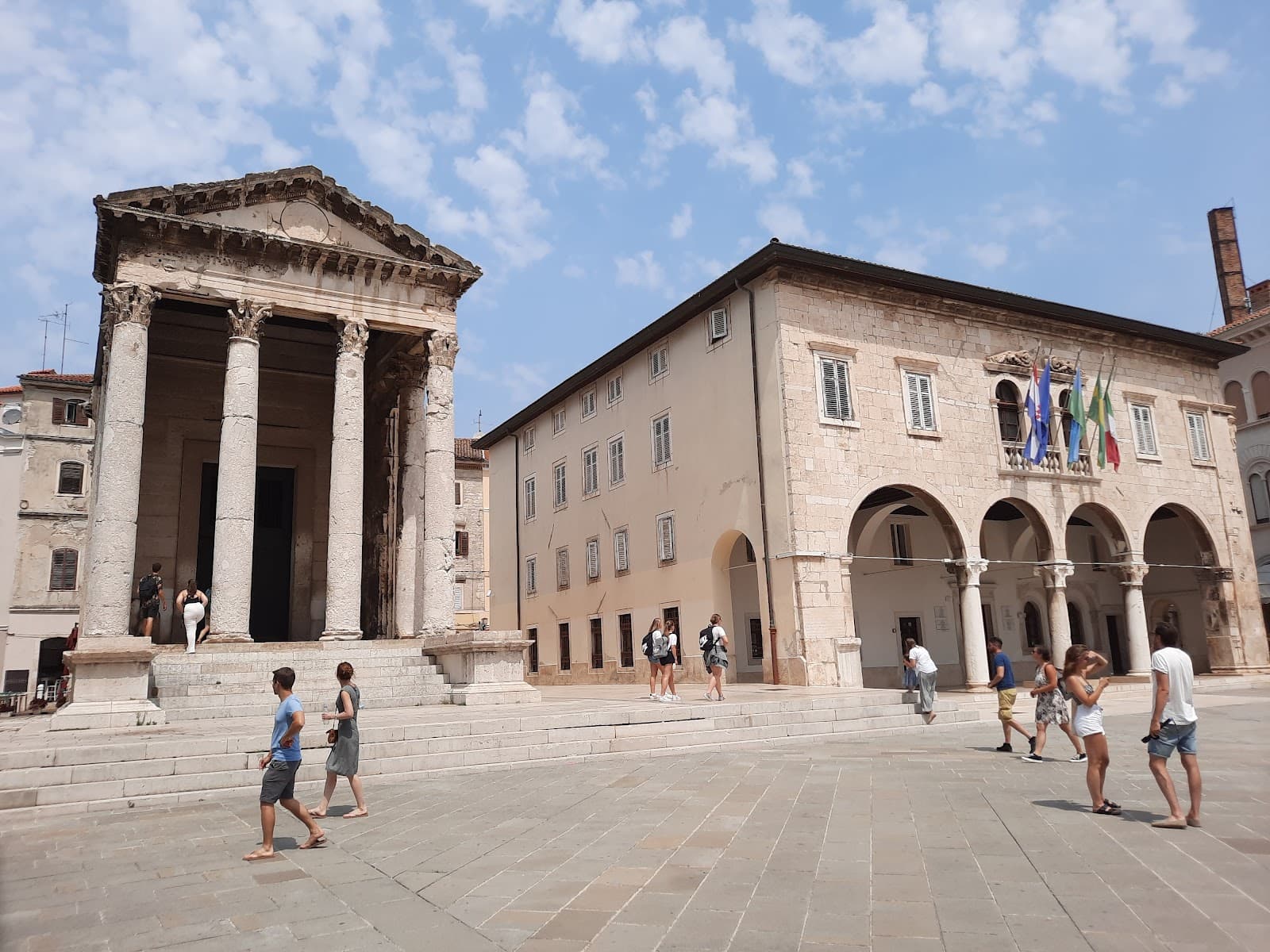
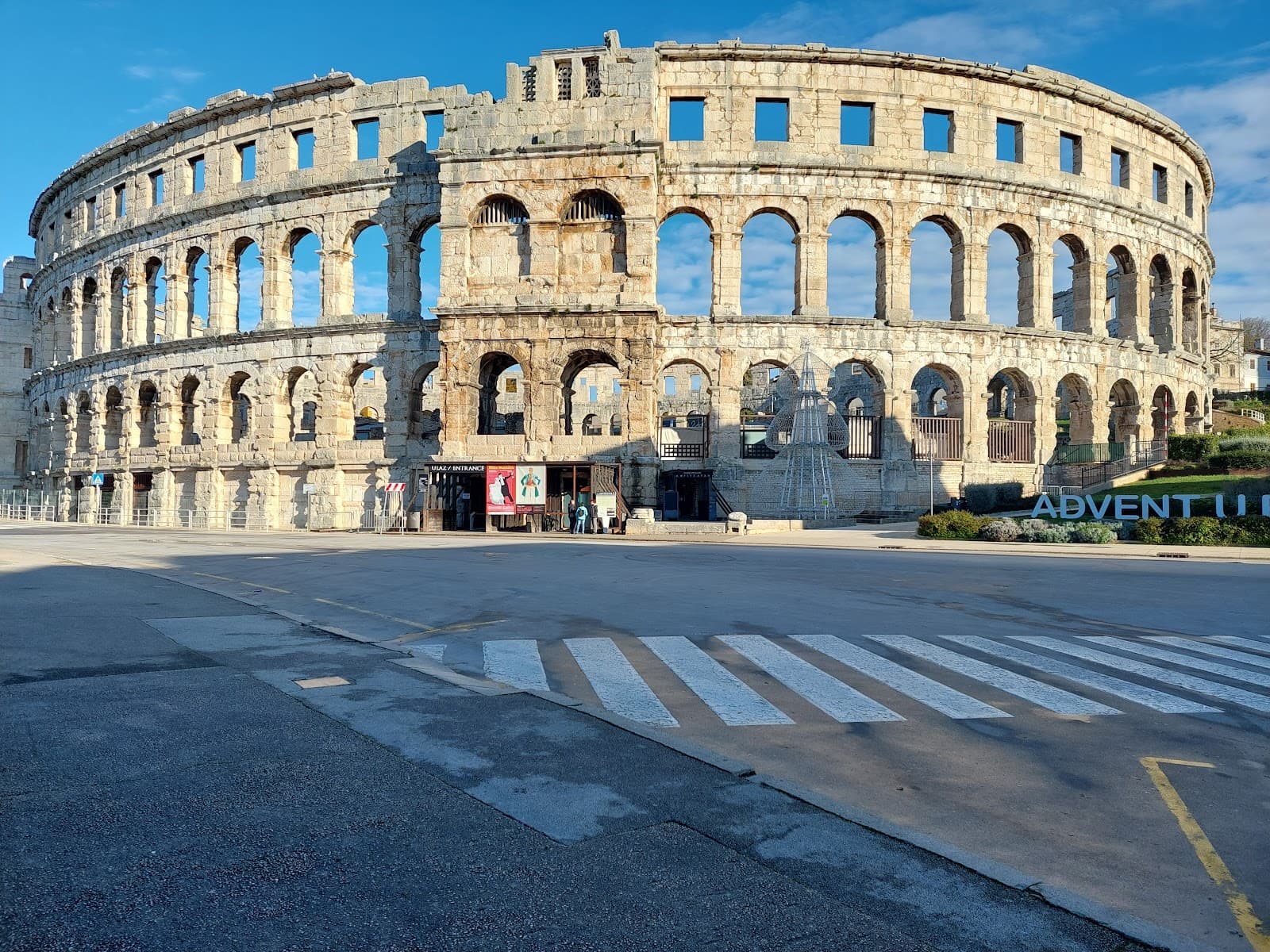
Social
from TikTok, Instagram & Reddit